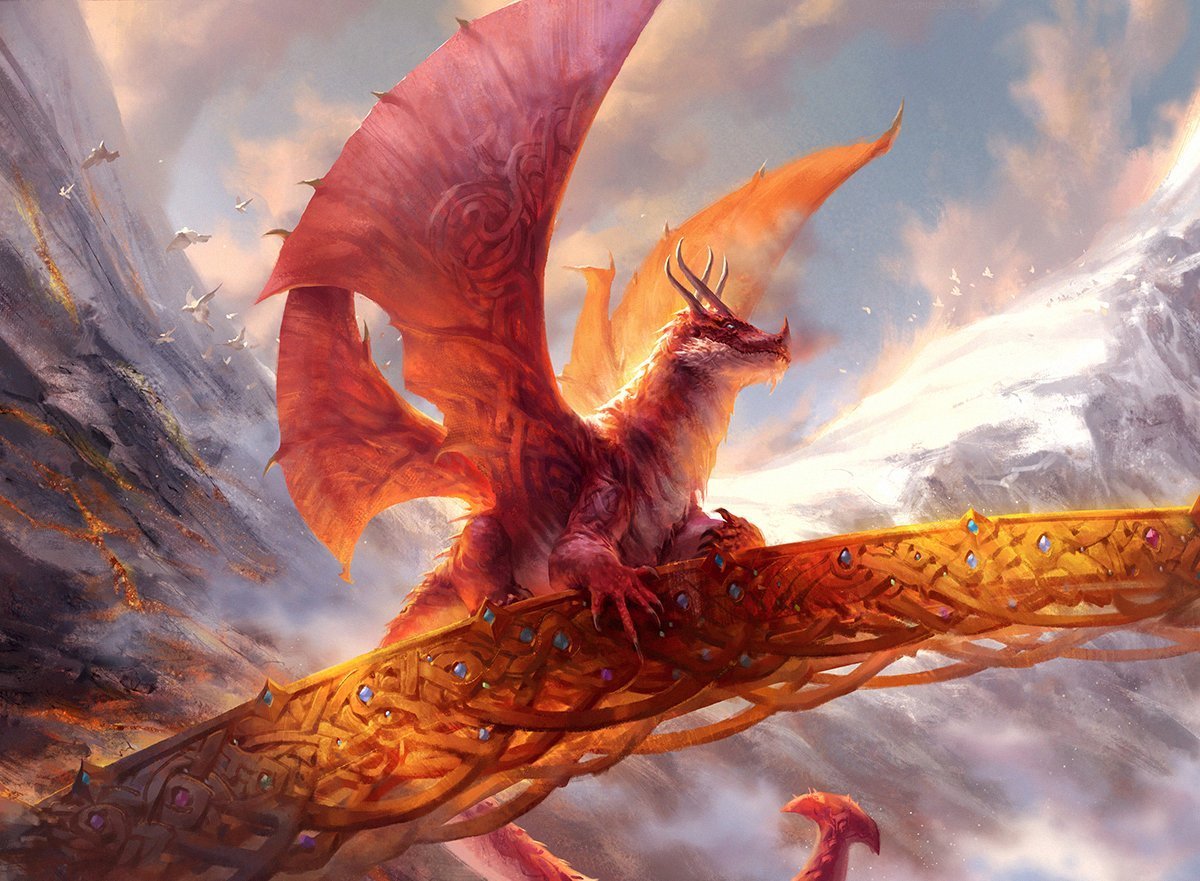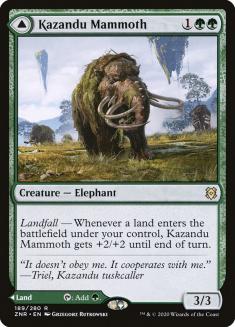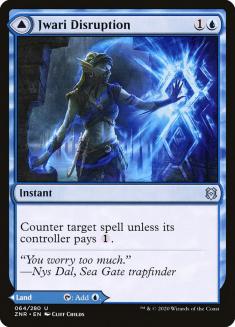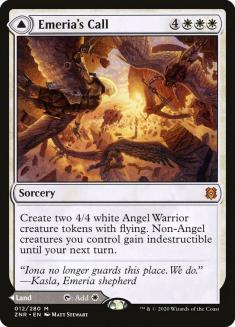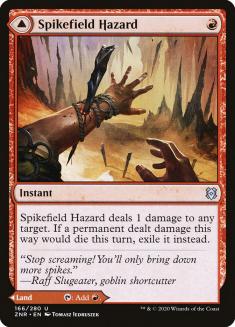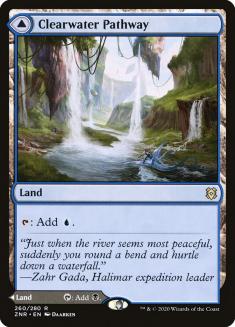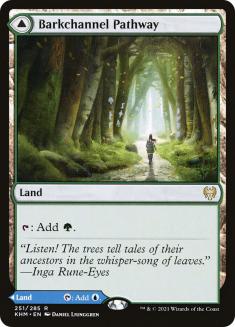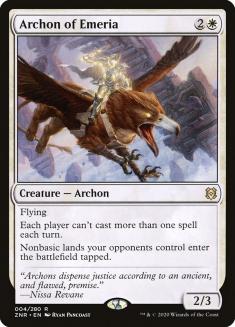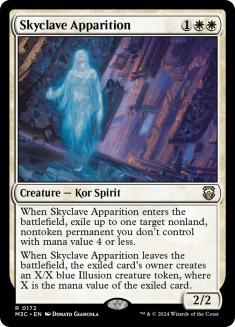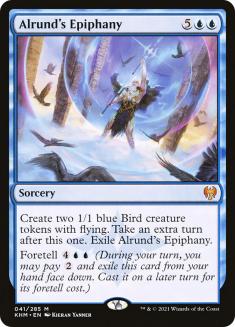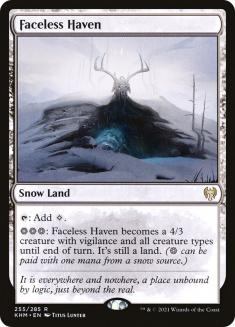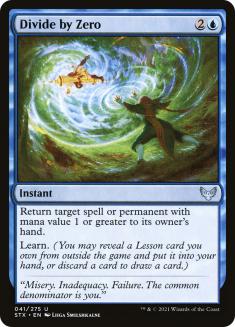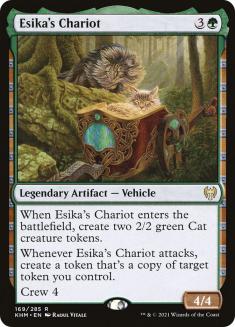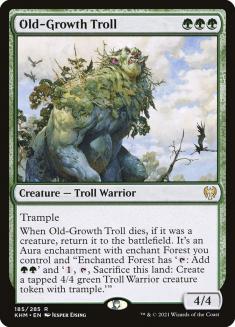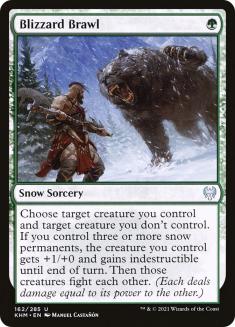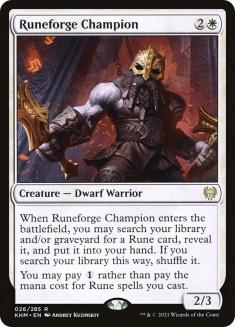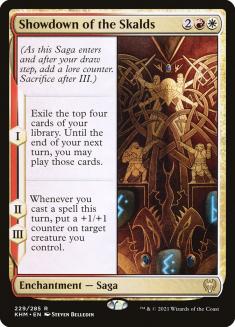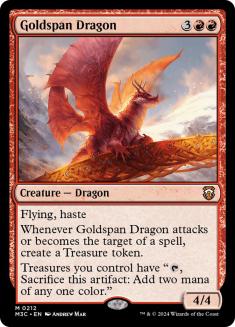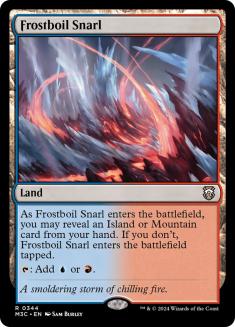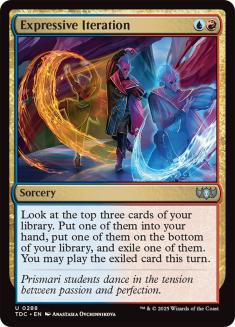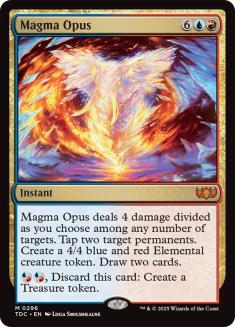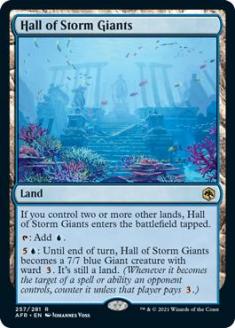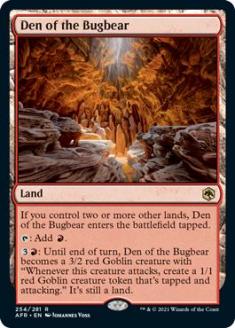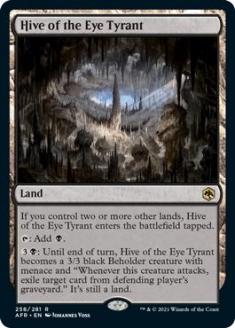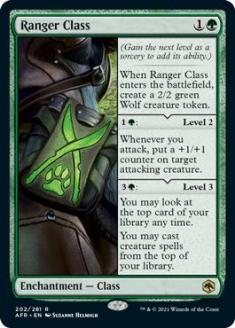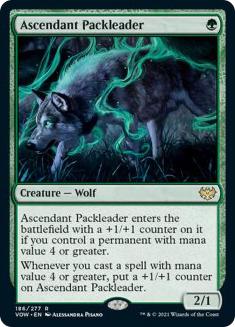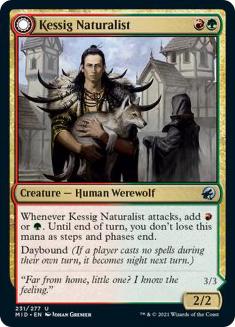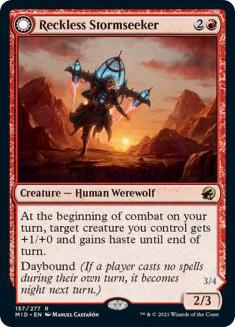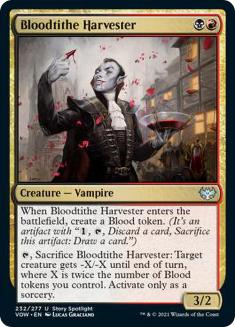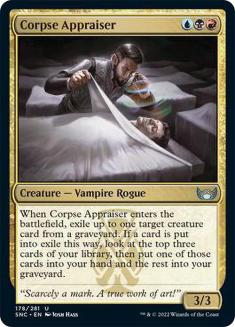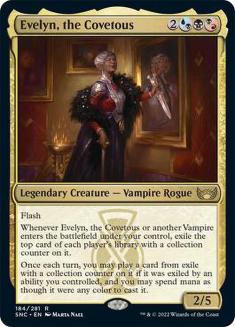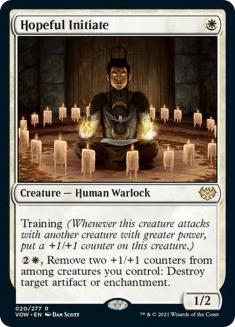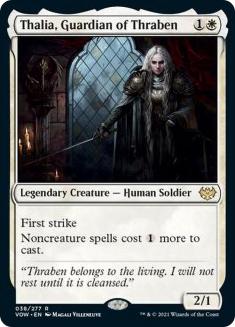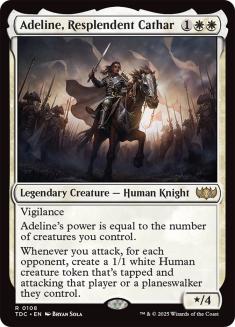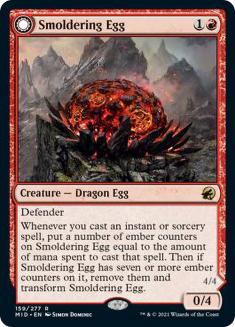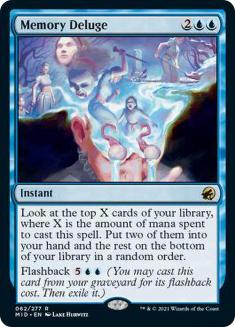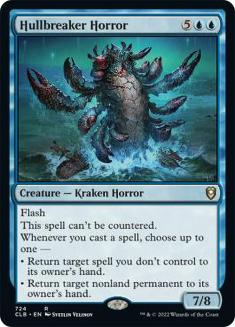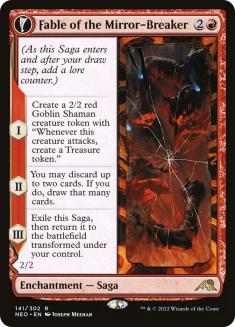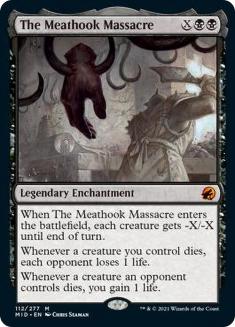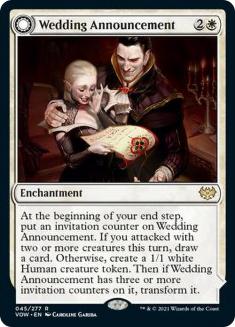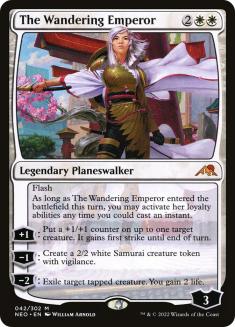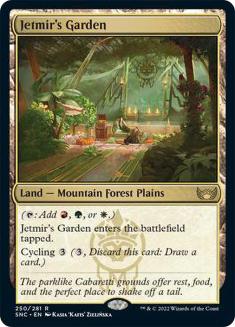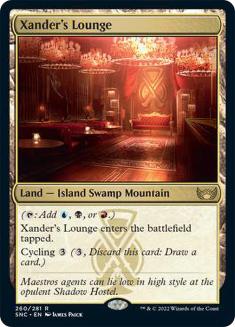Eight-set Standard is often a short-lived thrill that would crack under any prolonged scrutiny. This current Standard is a strange exception of sorts. There are signs of something seriously wrong – though the format has opened up a little since this infamous Hinata gauntlet – but no reason to care.
There is no Standard at the highest levels of play, and no high-level competitive play for it to feature in for now. This in turn means no circuit of third-party Arena qualifiers, typically Standard or Historic, for the Set Championships. As the first Regional Championship Qualifier season gets into full swing, the vast majority of events will be Modern or Pioneer; why would a store take a risk on Standard when there’s no interest in it offline?
Additionally, the release schedule means we are stuck with Streets of New Capenna as the most recent mainstream set for some time. This is bad news if you focus on Limited – where the consensus seems to be that this set is a blemish on a great run of Limited formats over the past few years – but also if you enjoy playing and keeping up with Standard. The rotation that promises to refresh the format is a long way off, but it’s a good opportunity to reflect on the hits and misses of the sets rotating out – and sticking around.
Modal DFCs
The modal DFCs were the flagship cards of Zendikar Rising and the perfect illustration of the trend in recent design towards bigger games that ask for more mana and more mana sinks. Other games have resource systems that let you play cards as ‘spells’ or as the resource that lets you cast other spells. This was Magic’s biggest and boldest gesture in that direction, even though the mana system is (thankfully!) not going anywhere.
The DFCs’ popularity in Standard has ebbed and flowed over these two years, but they have been a constant throughout. Right now the most crucial DFCs aren’t the mythic rare cycle or the mighty Kazandu Mammoth but the seemingly innocuous Jwari Disruption and Spikefield Hazard – cheap, conditional interaction that has a useful buyout clause or alternate mode to justify loading up on those effects.
More broadly, building a manabase is a more complicated task than ever. This is true in part because the Pathways are as close to ‘free’ enablers for splashing a colour as you’ll ever find. Your Orzhov Midrange deck might have some interest in Raffine’s Tower already – at that point, why not add the eight on-colour blue Pathways and explore that splash properly? The autumn set will have its own form of fixing that prompts its own debates, but the cost to playing another colour will almost surely be higher then compared to now. The Pathways’ importance in Historic, Explorer, and Pioneer – or really any larger format that isn’t defined by fetchlands – highlights their unique strength.
Other Zendikar Rising Tools
Zendikar Rising also offered some tools that were useful across Constructed, often in a way that scaled with the size of the format, but acted as good safety valves for Standard too. Archon of Emeria was usually an incredible sideboard card or unplayable, with not much room in between.
The Banned Zone
As we take our tour of these rotating sets, we should remember the cards that had to be banished for their crimes. Omnath, Locus of Creation’s debut in Constructed led to it being banned in Standard and Historic almost immediately – but not before wrecking those formats and several high-stakes tournaments. We have enjoyed an Omnath-free Standard since then, but its supporting cast never found a new home. Lotus Cobra is still legal, but it has languished on the sidelines.
It seems like years ago that Standard had degenerated once again into a narrow, solved format with Alrund’s Epiphany and Divide by Zero squaring off against Faceless Haven. The round of bans that took out all of these was a bold but necessary step that kept Standard afloat. Faceless Haven would probably be a benefit to the format right now as a welcome boon to Mono-White or Mono-Green Aggro, but its ban made sense with Streets of New Capenna on the way it;’s a disaster if you unveil your multicolour set, only to find that playing a pile of Snow-Covered Plains is still the best strategy.
Kaldheim Classics
Along with many others, I wanted Esika’s Chariot to join that list too and feared it would dominate the format with its biggest competition gone, but it looks mostly fair now, even though its play patterns are somewhat old and repetitive.
It’s easy to forget how deep Kaldheim was. Most of Mono-Green Aggro as well as fan favourites like Righteous Valkyrie showed up here too and will leave Standard when the set does.
Naya Runes – never the scourge it seemed like it could be, but still a pillar of its formats – was essentially a Kaldheim + Kamigawa: Neon Dynasty collaboration. The enchantments and enablers in Kamigawa: Neon Dynasty will stick around, but will need to find new partners.
Showdown of the Skalds is one of my favourite designs in recent years, a curve-topper for Boros that does more than just take over combat, and an engine piece for everything from aggro to midrange to combo.
The true deity of Kaldheim and the best card in Standard at many points, Goldspan Dragon may be the biggest single loss from the rotation. Any removal spell that doesn’t line up well against Goldspan Dragon has to justify its inclusion; an otherwise poor removal spell that does will earn a look for that alone. Goldspan Dragon has been a headline act for almost every conceivable archetype, including two current combo decks in Jeskai Hinata and Jeskai Dragonstorm.
Strixhaven’s Snarl
It turns out another cycle of fixing lands is also leaving Standard. Don’t let the door hit you on the way out!
Expressive Iteration has been banned in at least one format and may be banned in more if you stumble across this piece in a few years, but it will be allowed to leave Standard on its own terms. It’s not the kind of card you can easily splash for; still, if you are a base-Izzet deck already, Iteration is a tempting prize.
The synergy between Magma Opus and Hinata, Dawn-Crowned highlights a common rotation dynamic: with Opus gone, there’s no obvious reason to play Hinata anymore, and it will need something else to remain relevant. That said, Hinata does a lot on its own, and it won’t take much to put Hinata – and Jeskai of some form – back on the map.
The Forgotten Realms
Adventures of the Forgotten Realms was mostly regarded as a weak set for Constructed, but the creature-lands will define its legacy. Cave of the Frost Dragon is disappointing, but the others are all automatic inclusions if your manabase can afford them in Standard and a consideration in formats as cutthroat as Modern.
Werewolf Pack Leader and Ranger Class often appeared together in both Mono-Green Aggro and the Gruul Werewolves decks that looked likely to rule the night on the release of Innistrad: Midnight Hunt. With only a year and change in Standard, they didn’t have much time to prove themselves, yet still made a strong impression.
Survivors, Definers
It’s also worth looking at cards or clusters of cards that will survive the rotation and hope to define the next, small Standard:
Gruul Werewolves didn’t live up to the initial hype but may get another bite at that apple without Mono-Green around as a mostly better aggro deck in a similar space. The best starts from Gruul Werewolves punish anyone who stumbles in the early turns. The brews people are excited about in Week 1 of any new Standard will be chewed up and spat out quickly.
Meanwhile, the core of the Grixis Vampires deck that Mike Sigrist took to the Top 8 of the New Capenna Championship will be mostly intact – both the Vampires themselves and the monocolor hooks in Fable of the Mirror-Breaker and The Meathook Massacre.
Mono-White Aggro had more good creatures up and down the curve than it could possibly play. Now it ‘just’ has enough.
Izzet Whatever loses Expressive Iteration and Goldspan Dragon, but there are still plenty of reasons to be in this colour pair. Red may be the weak link, depending on what the other colours offer in terms of interaction post-rotation, but Memory Deluge and Hullbreaker Horror are hard to quit.
The marquee threats in the other colours are all around too. Fable of the Mirror-Breaker is the best card in Standard now. It remains a safe bet to be one of the best cards post-rotation, no matter what the new set brings.
Underpinning all of this is the mana. No “shard” allied three-colour combination in Streets of New Capenna has a guarantee to be viable post-rotation, but any that succeeds will lean heavily on its Triome.

